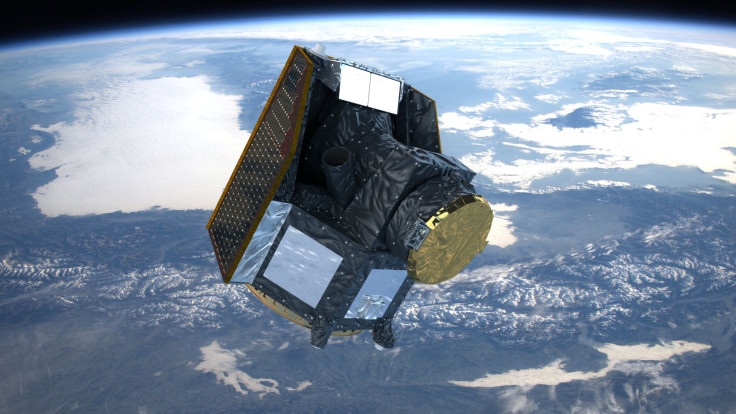What Makes ESA's CHEOPS Different From Other Exoplanet-Hunting Telescopes?

KEY POINTS
- The ESA's CHEOPS telescope launch as postponed just 85 minutes before the launch
- CHEOPS works much like other exoplanet-hunting telescopes but differs in a special way
- Instead of searching for new exoplanets, CHEOPS will target ones that have already been identified
- The accuracy of CHEOPS data will help scientists determine the exoplanets' density and structure
- It will help identify the best exoplanet candidates for future missions
The European Space Agency (ESA)'s Characterising Exoplanets Satellite (CHEOPS) will study its targets in front of their host stars just like other exoplanet-hunting telescopes. So, what makes it different from the others?
CHEOPS
CHEOPS is a small space telescope that is designed to measure exoplanets that are orbiting bright stars with revolution periods of below 50 days. It will use this transit method to determine the accurate size of planets with known mass so that scientists would be able to ascertain the actual bulk density and structure of the planets.
This way, they would be able to determine whether a planet is potentially habitable or not. For instance, data gathered by CHEOPS would help them determine whether a planet is rocky or gaseous, as well as whether it has an atmosphere.
“The exquisite precision with which Cheops is able to measure planetary transits, together with the stability of the telescope, will enable astronomers to determine planet sizes both accurately and precisely,” the ESA notes.
What Makes CHEOPS Special?
CHEOPS is the first small (S-class) mission in the ESA's science program and the first of three exoplanet-dedicated missions. While it is designed to work much like other exoplanet-hunting telescopes, it is actually different in one special way.
Unlike other exoplanet satellites that are focused on discovering new worlds, CHEOPS is not a “discovery machine” but instead is a follow-up mission that will focus on stars that are already known to host one or more exoplanets.
By already knowing where and when to look, CHEOPS can maximize its time actually monitoring transit events rather than searching for new exoplanets to discover. Furthermore, if a target planet has already been measured in the past, CHEOPS data can provide additional data that will help scientists understand the planet better.
“Cheops will not only follow up on previously discovered exoplanets, but it will also identify the best candidates for detailed study by future missions and observatories,” the ESA says. For instance, CHEOPS data will provide the next targets for the NASA/ESA/CSA James Webb telescope to search for signs of water and methane, which are essential elements of a potentially habitable world.
The next-generation satellites after CHEOPS - Plato and Ariel - are planned for the next decade.
CHEOPS Launch
CHEOPS was originally set for a Dec. 17 launch on an Arianespace Soyuz rocket from the Guiana Space Center at Kourou, French Guiana, but it was suddenly postponed just 85 minutes before liftoff due to a rocket glitch during the countdown. The launch was resumed a day later, sucessfully bringing CHEOPS into orbit.
Now that CHEOPS is in place, its mission is expected to last for three and a half years as it investigates exoplanets that are larger than the Earth but smaller than Neptune.
© Copyright IBTimes 2025. All rights reserved.






















